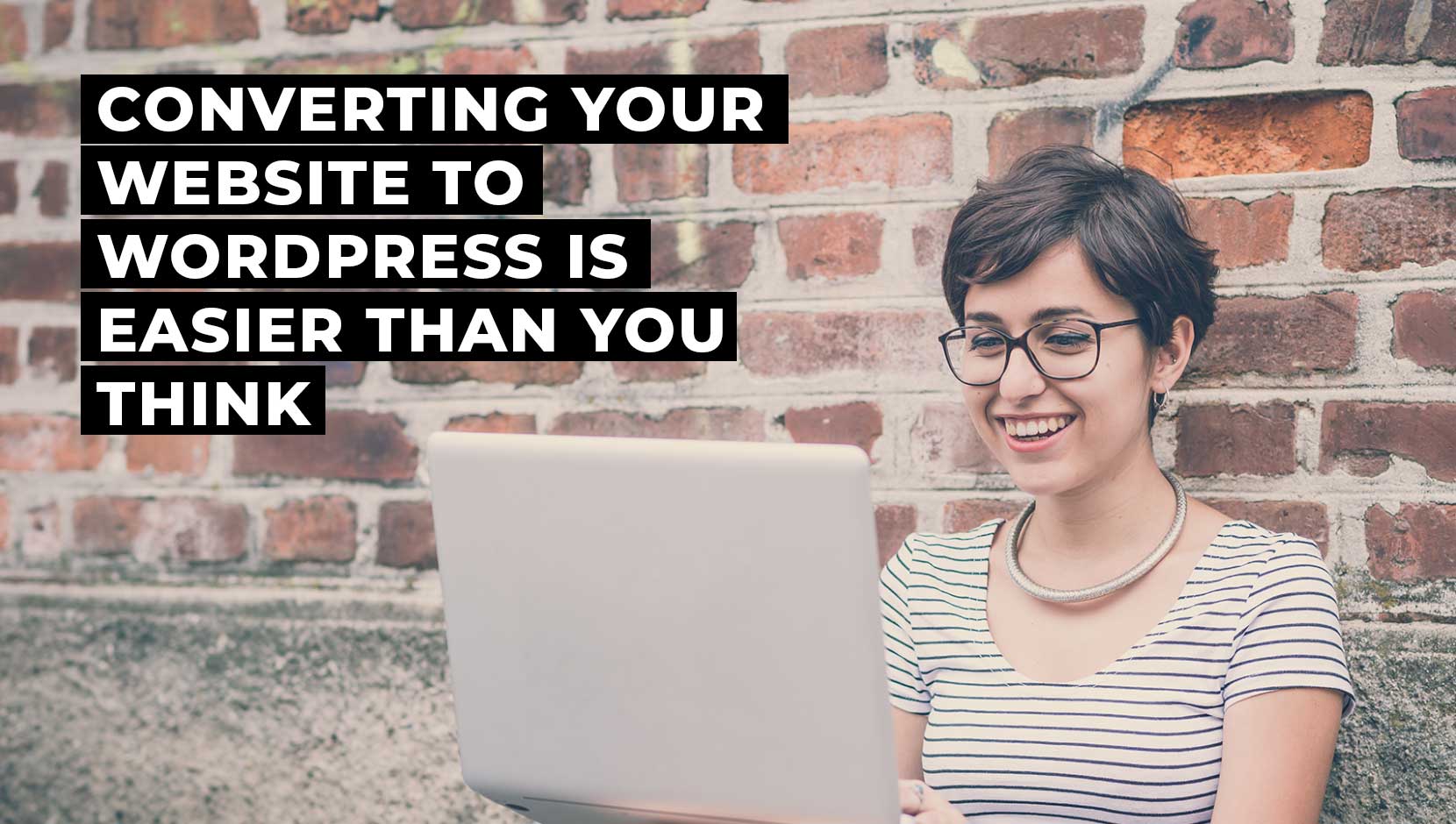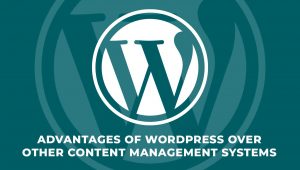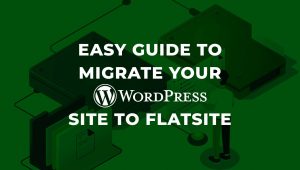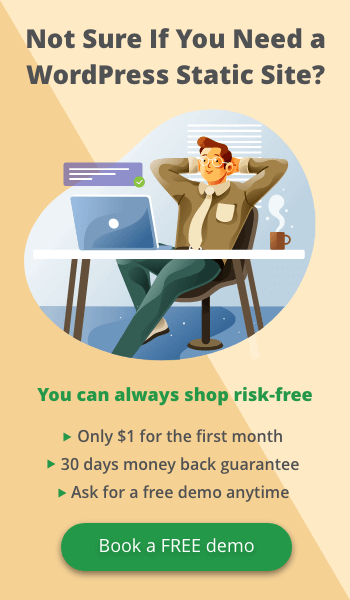You have been delaying converting to WordPress for some time now because you think it’s difficult to do. Today is the day to actually do it. Let us take you through the process of converting your website to WordPress, which is easier than you think. First, we look at some reasons you may want to convert your website to WordPress, and end with how FLATsite can help take your website management to the next level.
Reasons to Convert to your Website to WordPress
WordPress is the most popular content management system (CMS) and is quite user-friendly. There are benefits to having a static website, but you may also want to benefit from some of the features a CMS provides.
- Coding: using a CMS such as WordPress reduces your need to know coding language since WordPress uses themes and other graphical user interfaces to help you build your website.
- Support: WordPress is so popular that support can be found in countless places. From videos on YouTube to online forums and how-to guides created by your host provider, you will have no difficulty finding out about plugins, themes or the latest updates.
- Themes and plugins: with so many themes and plugins to choose from and customize, there is almost no risk that your website will remotely be like any other.
- Dashboard: control of your entire website is mostly handled from this central location.
- Built-in SEO: WordPress gives you a heads up when it comes to search engine results. Of course, you can and are encouraged to use another SEO tool of choice, but by default, WordPress helps position you above the curve.
There are other reasons, including ones unique to your personal circumstance. Whatever the reason, converting your website to WordPress is super easy.
How to Convert your Website to WordPress
Because website developers have varying skill levels, we will share three ways to convert your website to WordPress. They range from completely hands-off to coding experience required. Which one you choose is solely dependent on your situation, capabilities and constraints.
1. Hands-off method of converting your website to WordPress
There are WordPress companies or freelancers who can complete the whole transfer process for you. All you have to do is to answer a few questions and write a cheque. Additionally, there’s software that can complete the transfer for you as well. Which method you choose depends on your budget, and how much time you want to invest in the process.
2. Converting your website to WordPress using an existing theme
Your WordPress website will look differently from your HTML site. If that is not an issue then you can explore this option. To start, just signup to WordPress. From within your WordPress ‘Dashboard’, find a theme you wish to use, install and activate it.
3. Convert your website to WordPress using a custom theme
The main advantage of this method is that your WordPress website will look near-identical to your HTML website. It also provides you with some control over the process, and like Option 2, is free.
After acquiring WordPress hosting, there is so far no content. Naturally, there are import plugins to help convert your website to WordPress. WordPress also has an import tool built-in if you are new to WordPress.
Get the Best of Both Worlds with FLATsite
It is important to understand how WordPress works in order to appreciate just how much more you could be benefiting with FLATsite. So, whether you are an individual developer, affiliate, retailer of websites or just an normal WP user, FLATsite can save you time and money.
From your WordPress account/backend, you can manage your site metrics, content creation, server settings, etc. FLATsite takes the backend and plugs it into it’s secure system. So, whether you have two or hundreds of WordPress sites you always have one secure platform to log in and access them all.
FLATsite solves problems many developers and WordPress Users face like:
Managing multiple websites
It’s possible to manage multiple sites from a single dashboard. This has been done before with WP manager and other platforms. But these sites are missing the secure element which static sites bring.
Optimizing site speed
One of the main issue with many websites (and WordPress is not exempted) is slow site speed. FLATsite solves this issue by automatically converting your WordPress site to a static HTML. These pages load faster because when visitors land on static sites the browser has fewer requests (CSS request, JavaScript, HTML).
Managing WordPress Security
It’s a fact, WordPress sites get hacked more than any other CMS online. They account for a whopping 90% of hacked sites in 2019.
Static sites are virtually impenetrable since hackers and internet bots can’t access your backend. In fact, many hackers exploit known loopholes in WordPress sites to inject malicious code. Static sites appear fixed like a picture. Even if your site suffers a DDoS attack, your data and backend will still be virtually untouched. Not to mention, your backend is protected by IP blocking and your files are safely tucked away on remote servers.
Cut Hosting Costs
Hosting static sites can help you to slash costs, especially if you manage multiple websites. It’s a fact, static sites are lighter because they have less code. You only need a plan with a little disk space. Imagine how much you could save with static sites and hosting on your current provider.
Conclusion
With FLATsite, you can divorce the two to benefit from the advantages of frontend WordPress functions, as well as benefitting from FLATsite’s approach to website management. In other words, you have a static website (what users see, also the front-end) being controlled through a dynamic backend in FLATsite. This saves you money, increases your website’s performance, and everything is controlled from one dashboard.







